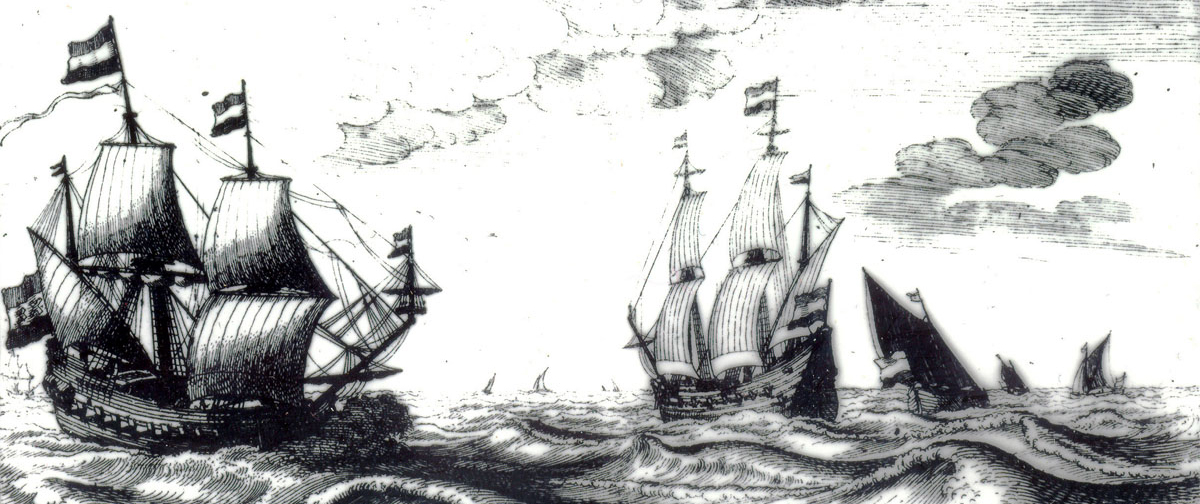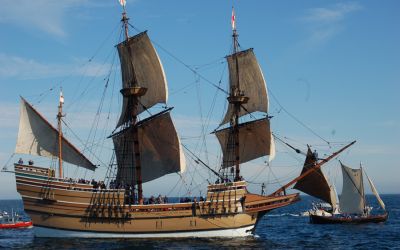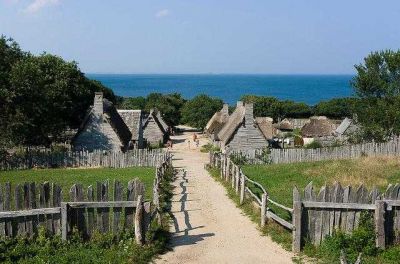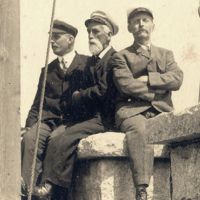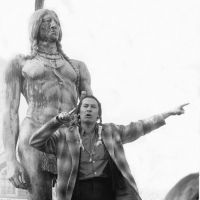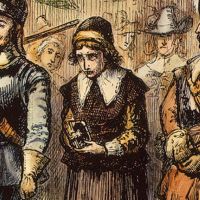Primary Source
"In ye name of God, Amen. We whose names are underwritten, the loyall subjects of our dread soveraigne Lord, King James, by the grace of God, of Great Britaine, France, and Ireland king, defender of the faith, etc.
Haveing undertaken, for ye glorie of God, and advancemente of ye Christian faith, and honour of our king & countrie, a voyage to plant ye first colonie in ye Northerne parts of Virginia, doe by these presents solemnly & mutualy in ye presence of God, and one of another, covenant & combine our selves togeather into a civill body politick, for our better ordering & preservation & furtherance of ye ends aforesaid; and by vertue hearof to enacte lawes, ordinances, acts, constitutions, & offices, from time to time, as shall be thought most meet & convenient for ye generall good of ye Colonie, unto which we promise all due submission and obedience. In witnes wherof we have hereunder subscribed our names at Cap-Codd ye 11th. of November, in ye year of ye raigne of our soveraigne lord, King James, of England, France, & Ireland ye eighteenth, and of Scotland, ye fiftie fourth. Ano: Dom. 1620."
Tthe original document has not survived; the text is taken from Gov. William Bradford's Of Plimoth Plantation.


